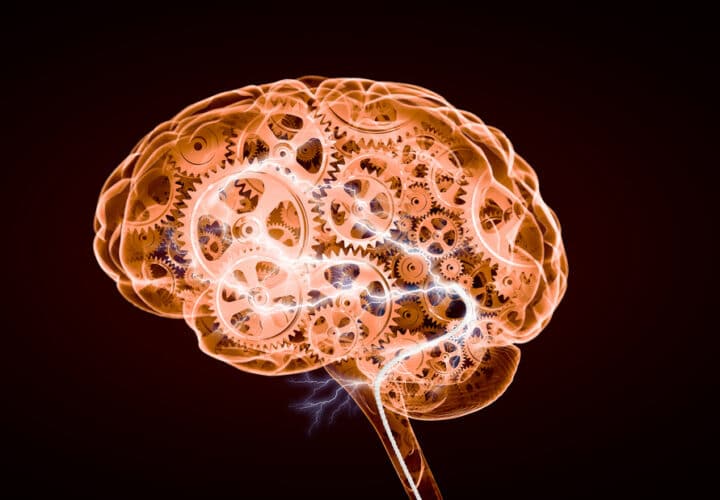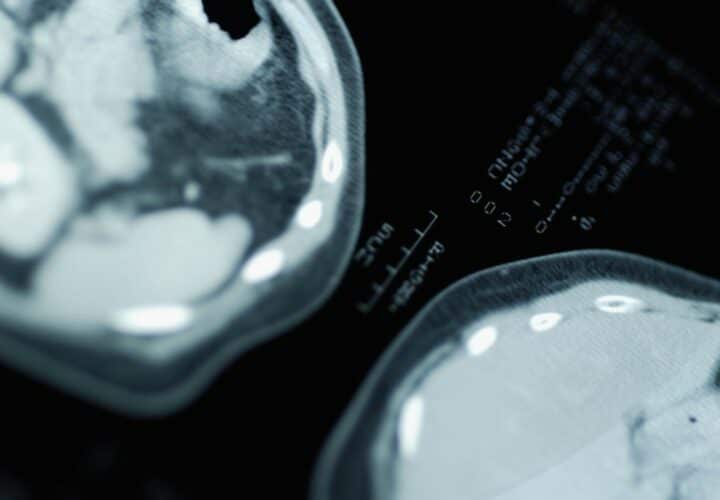The Signs of Alzheimer's Without Symptoms?
There might be a lot of unknowns when it comes to Alzheimer’s—why it forms, or why certain people get it—but most scientists agree that Alzheimer’s is marked by changes in the brains that produce beta-amyloid, a toxic protein that accumulates and forms into plaques in the brains of Alzheimer’s patients, and tau, another protein that accumulates into tangles. The presence of these two proteins in excess is seen as a main characteristic of Alzheimer’s disease in the brain.
But scientists have found something curious after studying many brains of older people: Some people develop the plaques and tangles that are considered the hallmarks of the disease, but they never develop the symptoms of Alzheimer’s; unlike their counterparts with the same accumulation of proteins, their memory does not fade.
Researchers at the University of California, Irvine conducted research that they dubbed the ’90+’ study—a study designed to observe “the oldest old,” as they called them, in order to learn more about what makes a person live past 90. In one of their projects, they looked at the brains of eight people over the age of 90. Three of them had plaques and tangles; the other five were normal. But those with the toxic proteins still performed remarkably well on memory tests they were given, and their brain cells were still intact, having somehow escaped the death that typically befalls neurons in brains with signs of Alzheimer’s.
Scientists at The University of Texas Medical Branch at Galveston think they may have discovered a clue as to why people like those three individuals might be protected from the toxic effect of the plaques and tangles.
“In previous studies, we found that while the non-demented people with Alzheimer’s neuropathology had amyloid plaques and neurofibrillary tangles just like the demented people did, the toxic amyloid beta and tau proteins did not accumulate at synapses, the point of communication between nerve cells,” said Giulio Taglialatela, director of the Mitchell Center for Neurodegenerative Diseases. “When nerve cells can’t communicate because of the buildup of these toxic proteins that disrupt synapse, thought and memory become impaired.”
Of course, that begs the question: What’s so different about the synapses of people who don’t get the symptoms of Alzheimer’s? Scientists at The University of Texas wanted to know the same thing.
“The next key question was then, what makes the synapse of these resilient individuals capable of rejecting the dysfunctional binding of amyloid beta and tau?” said Taglialatela.
To investigate, researchers turned to samples of frozen brain tissue that had been donated by three different groups of people: those with Alzheimer’s, those with the signs of Alzheimer’s but no symptoms, and those without the plaques and tangles. The same people had participated in brain aging studies when they were alive and were regularly assessed with neurological evaluations.
When they looked at the synapses of the participants, they saw that those with the biomarkers of Alzheimer’s without the symptoms had synapses with a unique protein make-up that differed from the other two groups. There are 15 proteins in these individuals that scientists believe might resist the damage caused by tau and beta-amyloid. That allows their brains to continue functioning and communicating, even as the toxic proteins accumulate.
The hope is that figuring out why these proteins are protective might also help researchers figure out how to mimic those results in a potential treatment.
“We don’t yet fully understand the exact mechanisms responsible for this protection,” said Taglialatela. “Understanding such protective biological processes could reveal new targets for developing effective Alzheimer’s treatments.”
This study was published in the Journal of Alzheimer’s Disease.


